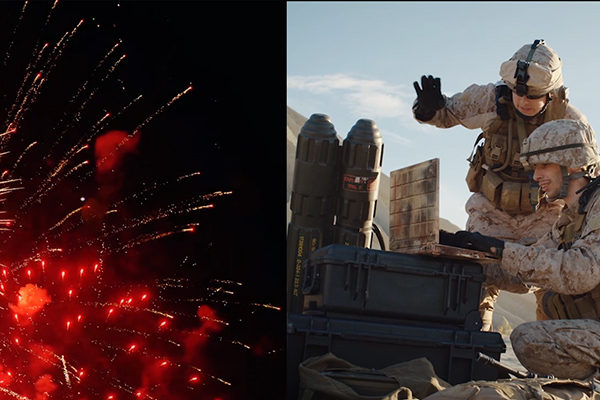2020 has been a year of complicated emotions for many. The rise of the COVID-19 pandemic, along with a surge in civil unrest, have led to unprecedented levels of anxiety. For veterans, particularly those dealing with post-traumatic stress disorder (PTSD), the past months have been particularly difficult. In response, the staff at The Steven A. Cohen Military Family Clinic are rising to the occasion with an increased emphasis on telemedicine and outreach, yet there are some challenges that require cooperation from the community-at-large.
In cities across the United States, loud and bright showcases have interrupted nightly slumbers. While fireworks may be entertaining for some, or just a nuisance for others, for those living with post-traumatic stress disorder, the evening spectacles could trigger serious mental health consequences. Leah Blain, a clinical psychologist and director for Cohen Clinic in the Department of Psychiatry, explains how this trend in pyrotechnics has endangered the wellbeing of those living with mental health conditions.
“We know that stress in general drives up symptoms for PTSD and most mental health conditions. So anyone with PTSD is going to be more on edge right now because we’re in a pandemic, people are experiencing financial strain, and there has been increased violence and unrest in the city. To top it off, we now we have these nightly occurrences of these really triggering stimuli in these unexpected sounds. I think anybody with PTSD and perhaps people in general are more likely to be on guard right now,” says Blain.
“In terms of fireworks, individuals with PTSD, as well as any combat veteran regardless of their PTSD status, are more likely to be triggered or respond to this kind of stimuli.”
This story is by Chris Mallard. Read more at Penn Medicine News.








